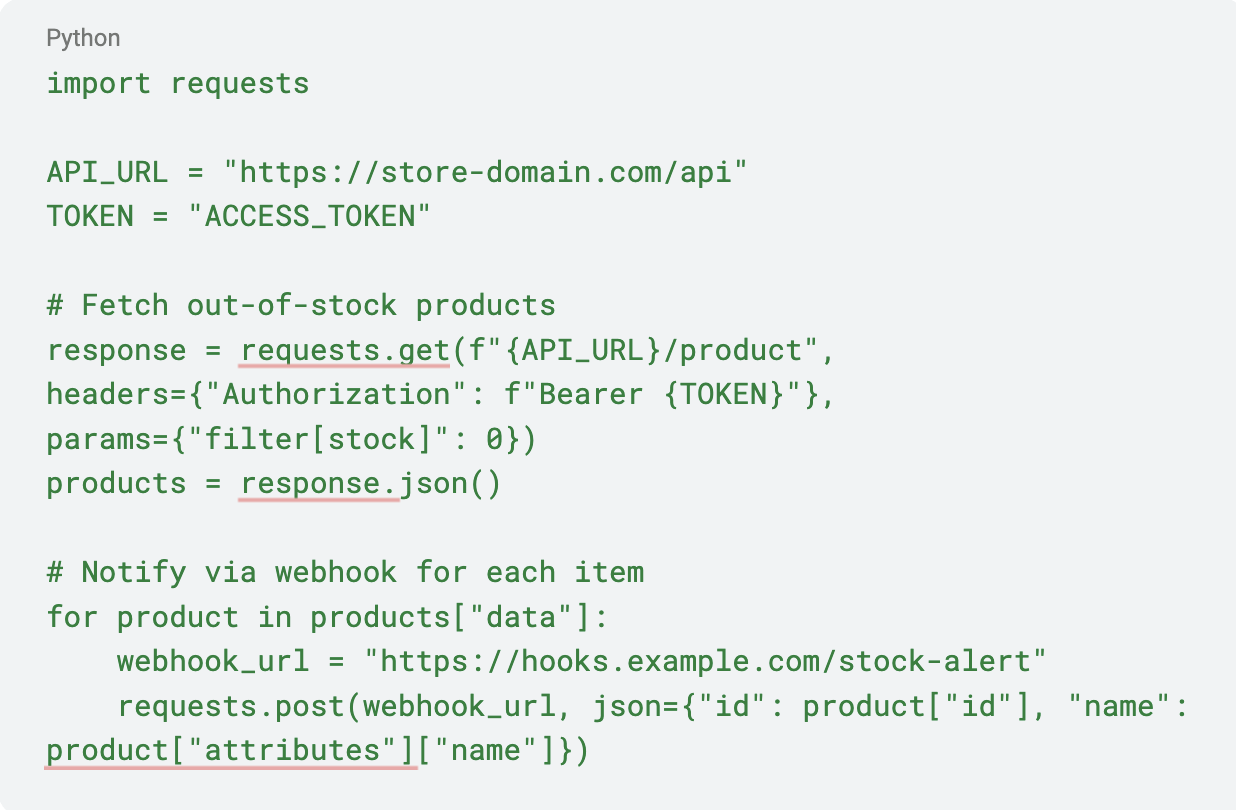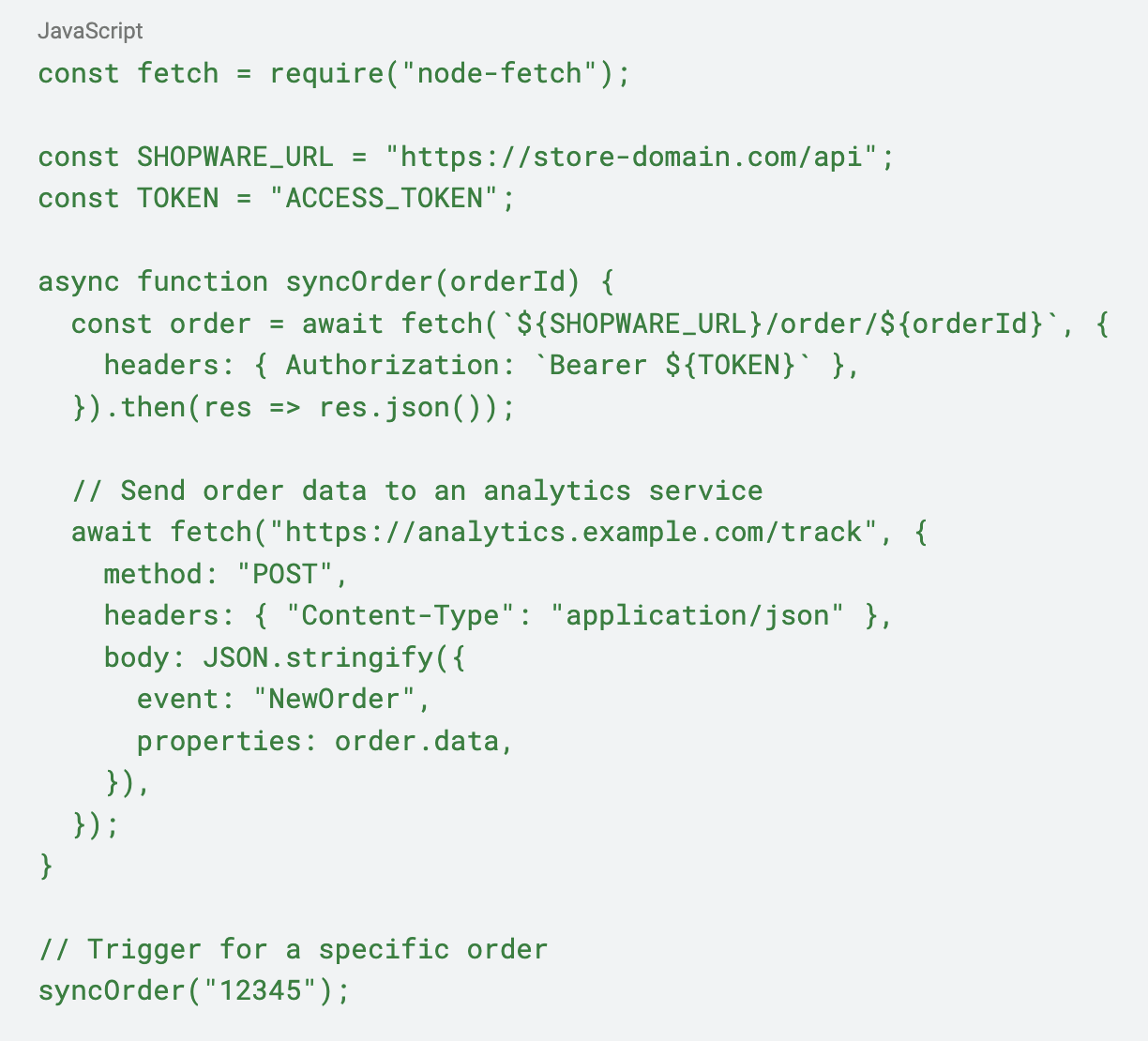Digital commerce is advancing at a pace that rewards businesses able to respond quickly, operate efficiently, and provide highly personalized experiences. As customer expectations rise and competition intensifies, automation and artificial intelligence have become essential tools in modern online retail. These technologies reduce the burden of repetitive tasks, enhance accuracy in operations, and open new possibilities for tailored engagement at scale.
solution25, a trusted
Shopware agency, works with forward-thinking businesses to turn these possibilities into concrete results. By combining
Shopware’s flexible architecture with intelligent automation platforms and AI capabilities, solution25 helps transform traditional eCommerce workflows into adaptive systems that learn, optimize, and evolve continuously. AI integration within Shopware is no longer limited to future forecasts or experimental projects. Today, businesses can generate dynamic product recommendations, automate inventory alerts, streamline customer service, personalize marketing communication, and gain predictive insights across operations. These outcomes are made possible through accessible platforms such as
Zapier,
Make,
n8n, Hugging Face, OpenAI, and others that connect seamlessly with Shopware via APIs and event-based triggers. The integration of AI and automation does not require deep technical expertise. With the right framework and guidance, businesses of all sizes can begin to automate workflows and enhance performance. The benefits are measurable: faster execution of tasks, fewer errors, lower operational costs, and more time for strategic growth initiatives. This guide provides a practical overview of how Shopware can be integrated with automation tools and AI platforms. It outlines key concepts, explores leading technologies, and demonstrates how these systems work together to deliver real value. Whether optimizing internal processes, improving customer experience, or exploring AI for the first time, this resource lays out a path forward built on clarity and business outcomes. With the right tools in place, Shopware becomes more than a commerce engine. It becomes a smart foundation for scalable, automated, and intelligent growth.

